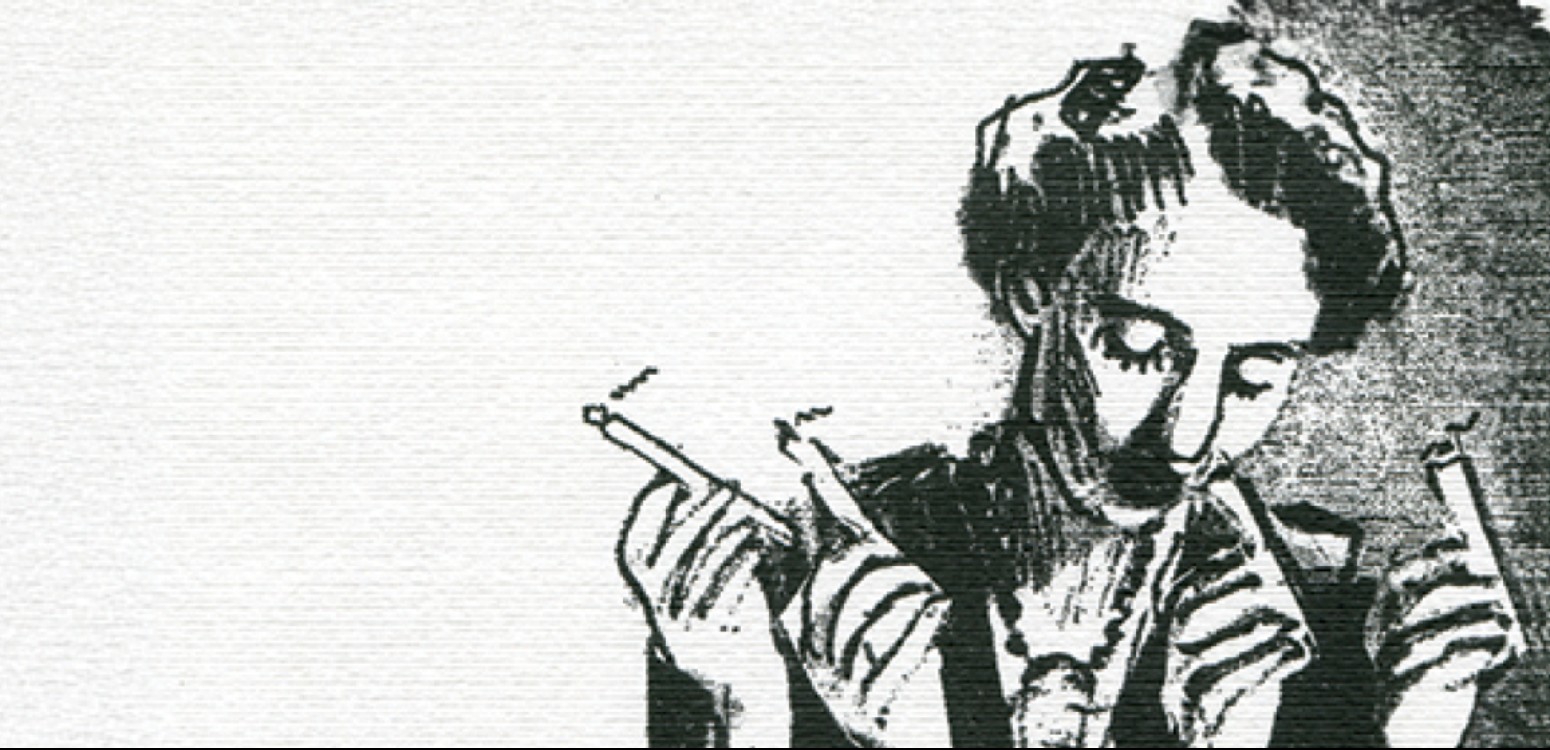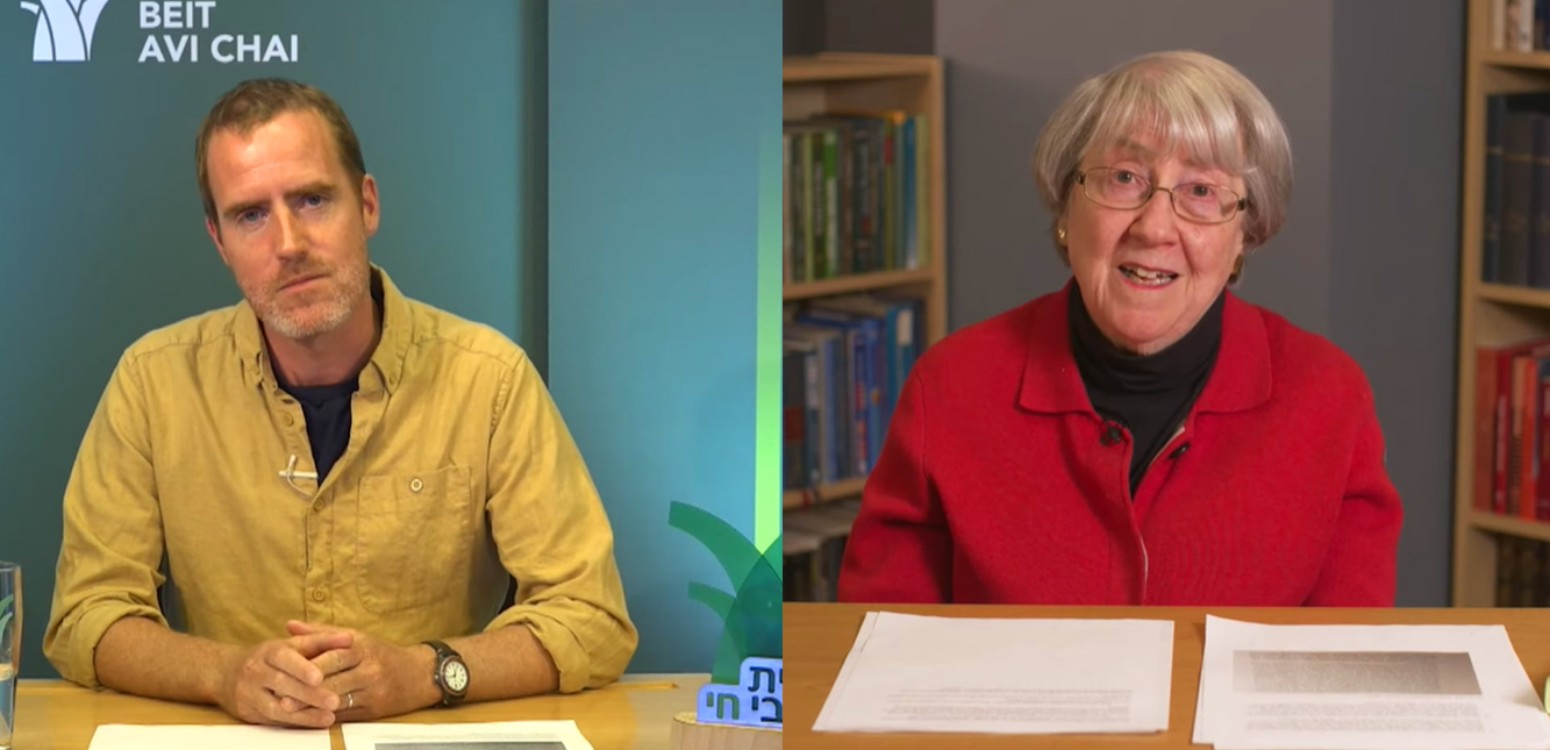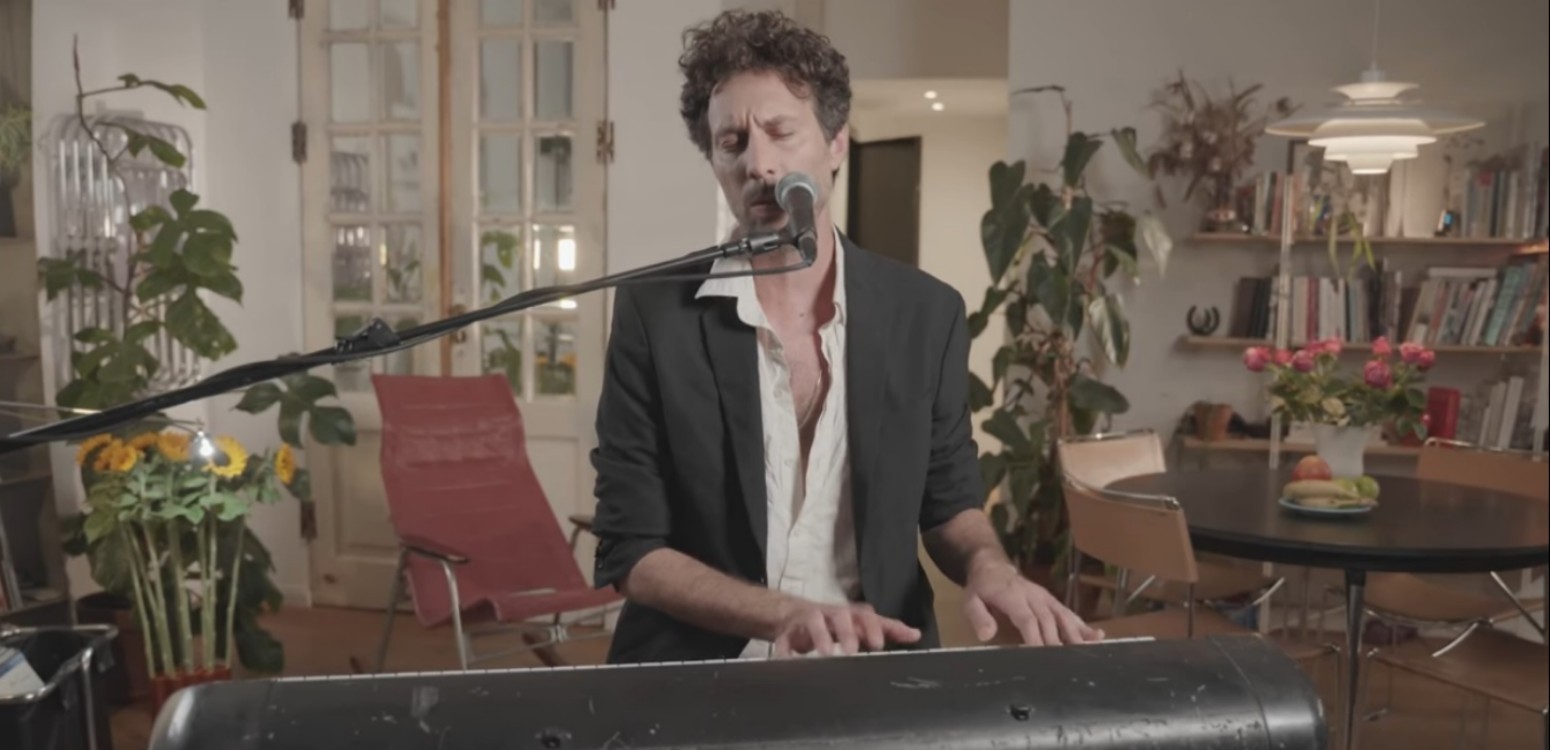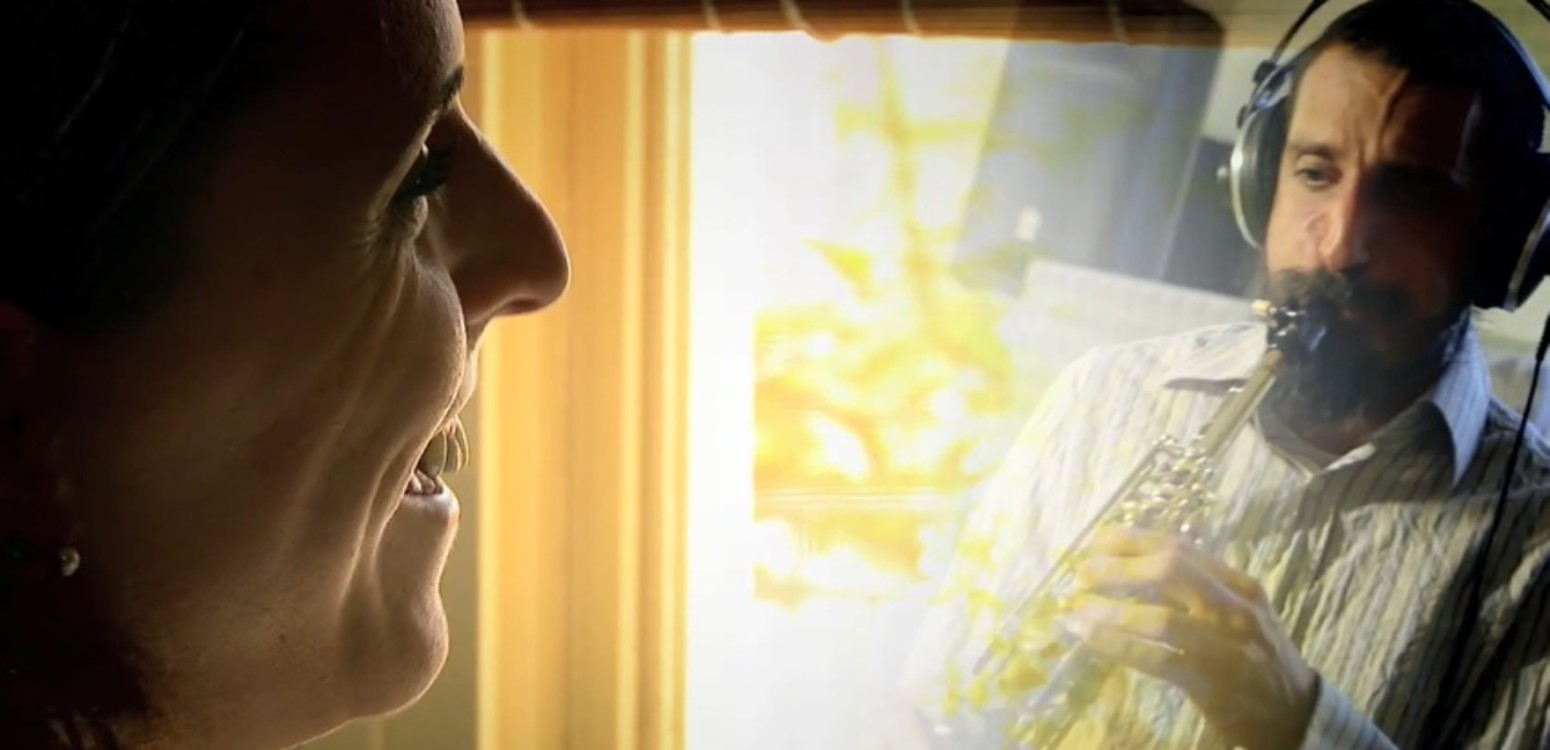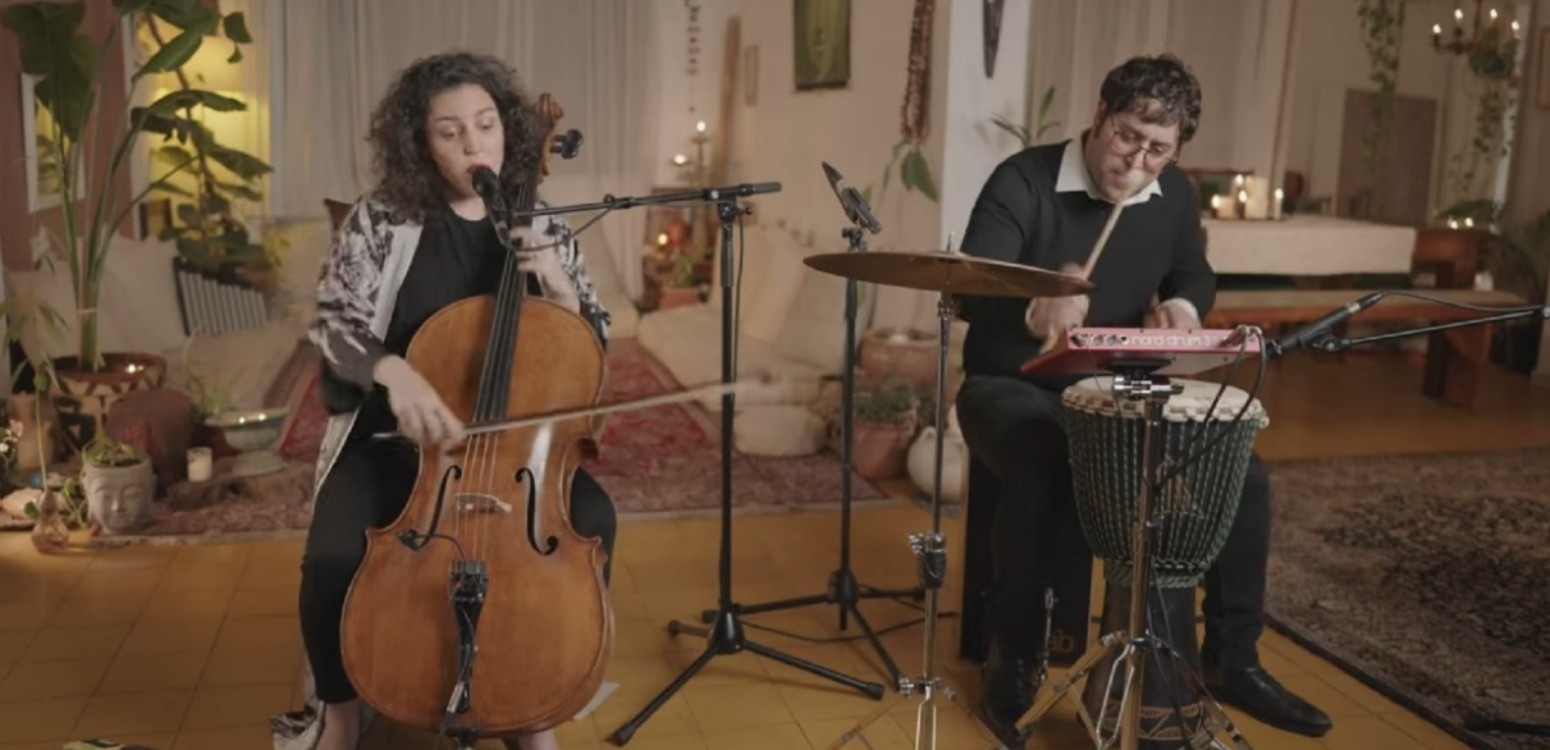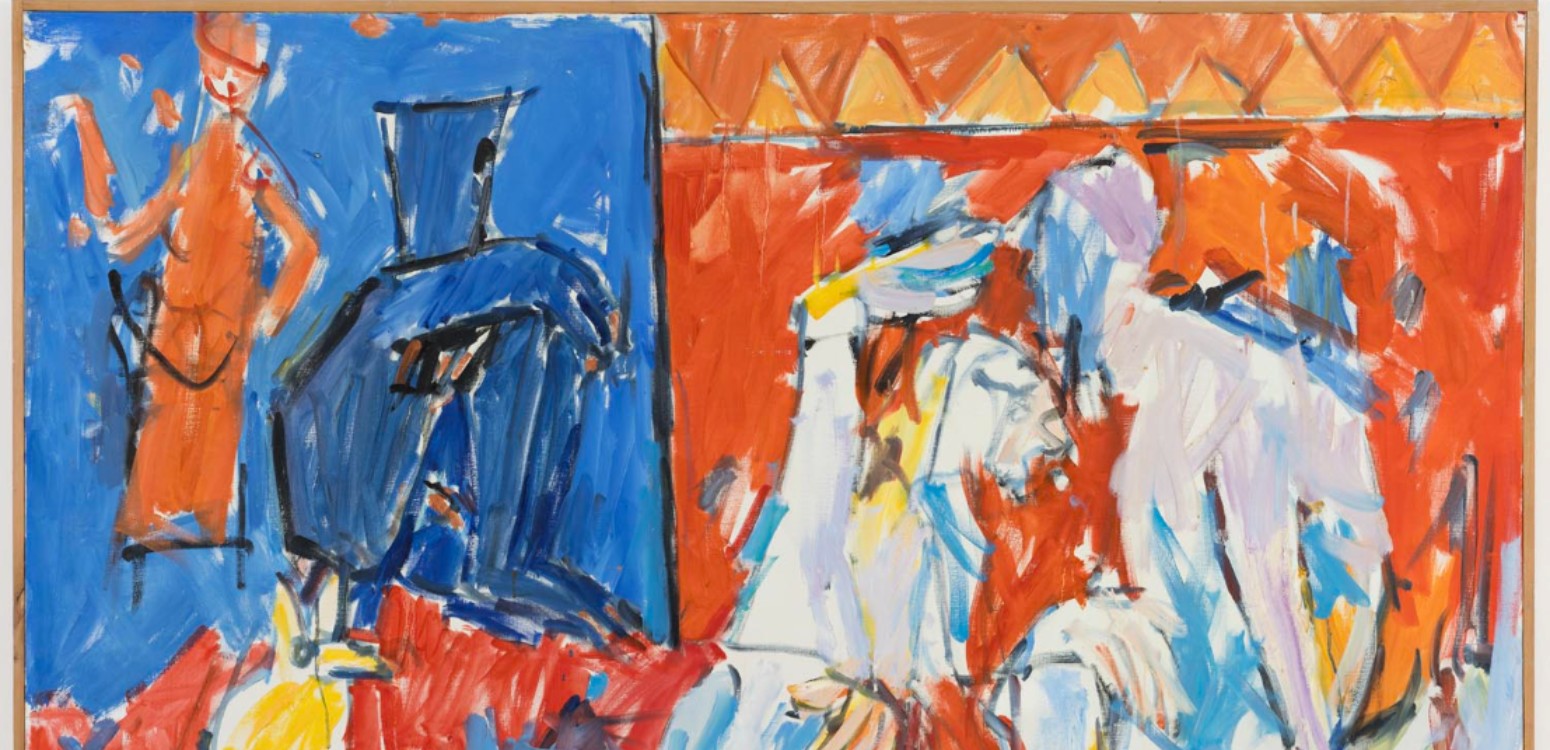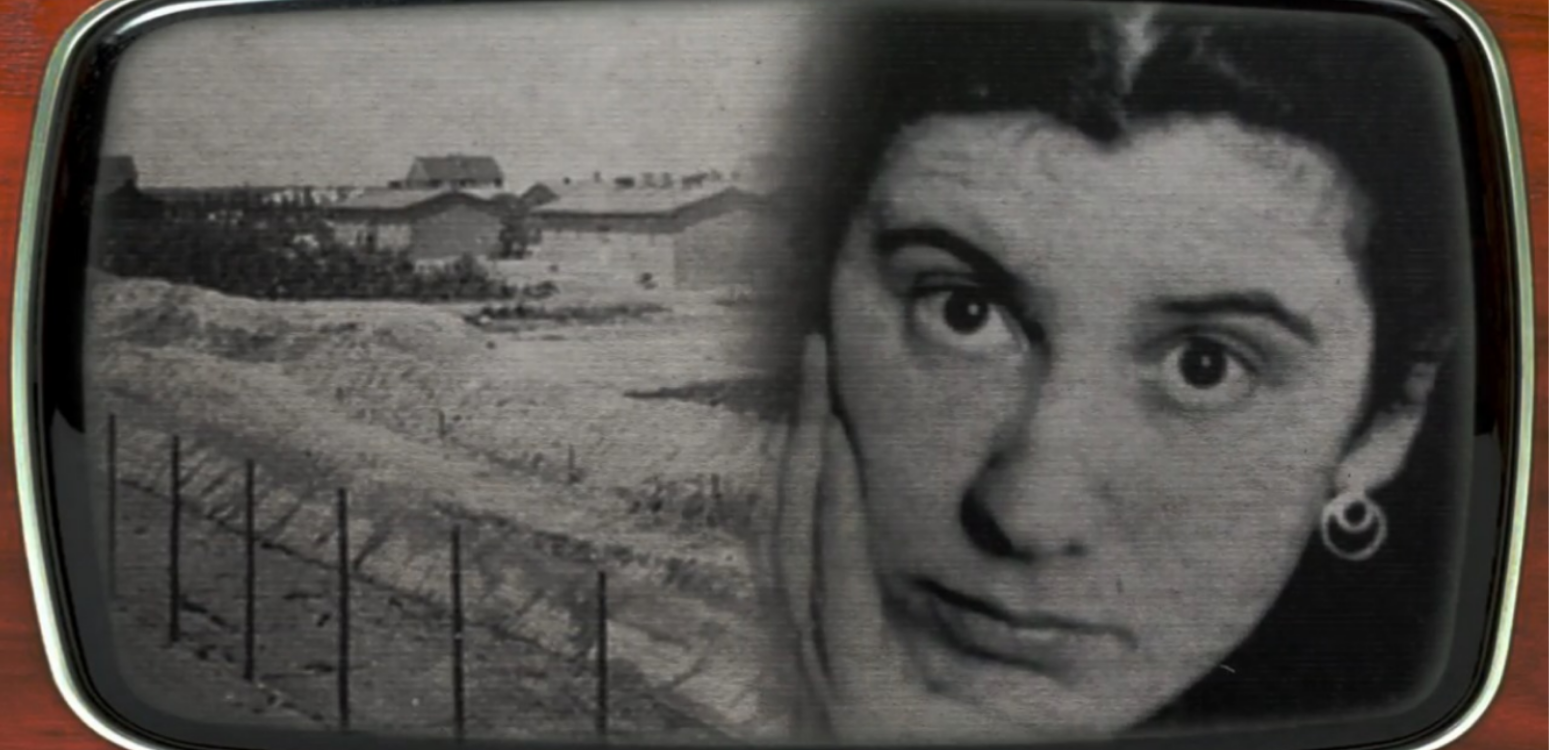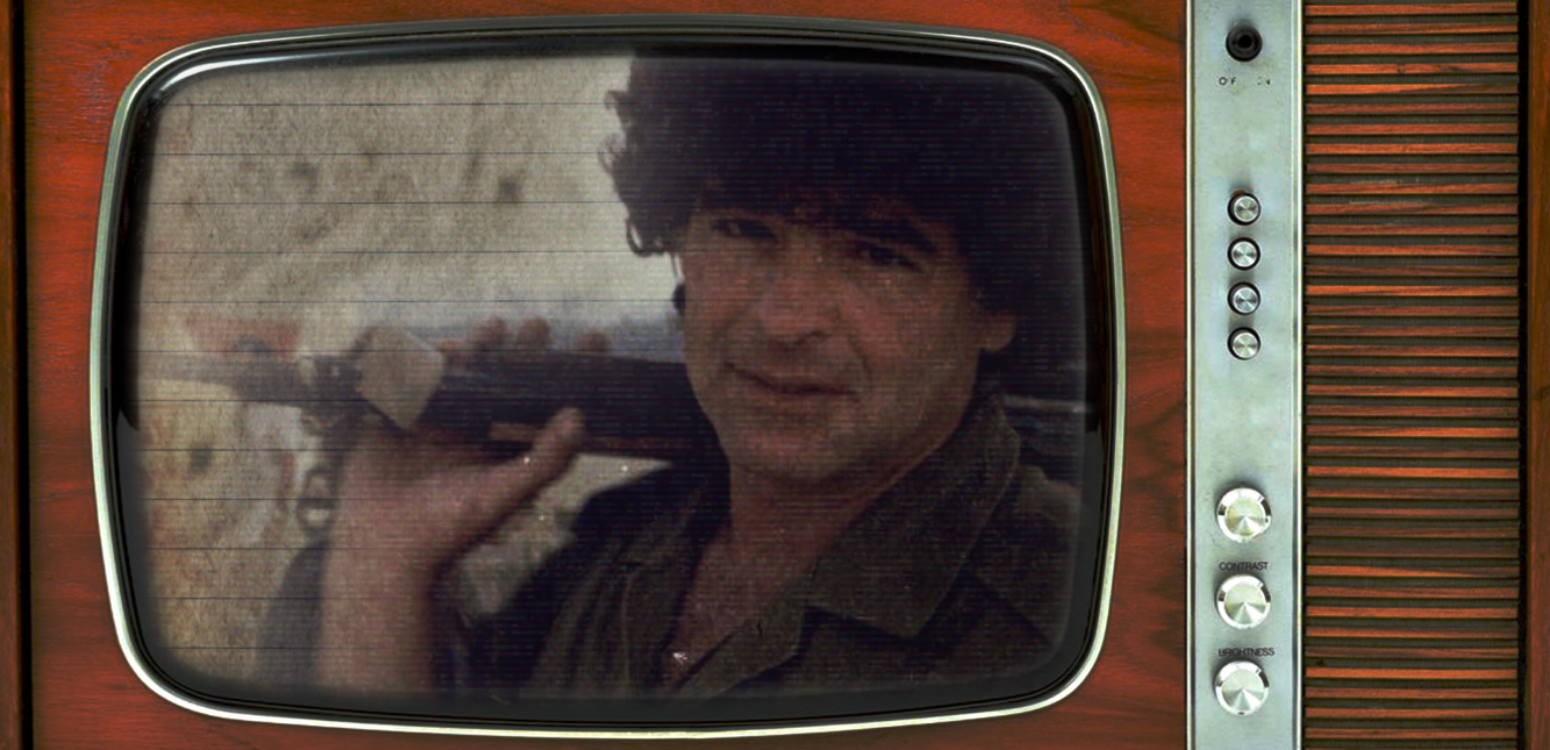How a silly trading card phenomenon sold 17.5 million packs in just 10 months, then vanished – leaving an unexpected imprint on Israeli political discourse that persists decades later
Some cultural phenomena are like a shooting star: they make a splash and disappear almost immediately. Such was Havurat HaZevel (literally “the trash gang”), a series of collectible sticker trading cards that drove Israeli children mad in the 1980s before disappearing into the annals of pop culture memory, where it still occupies a prominent place.
Havurat HaZevel began as an Israeli adaptation of the Garbage Pail Kids, illustrated trading cards manufactured by the American Topps company as a promotional merchandise to sell chewing gum. Garbage Pail Kids were created as a parody of the Cabbage Patch Kids dolls (which were all the rage in the 80’s) and featured hundreds of childlike characters, wallowing in bodily fluids and misbehaving in myriad ways, from picking their noses to exposing their private parts.
A potent vehicle for social and political satire
The infantilized nature of the messages makes them a potent vehicle for social and political satire, says Dr. Ido Noy, a scholar of Jewish culture and folklore, who has published widely on Havurat HaZevel, including a book called “Disgrace to the White House: Garbage Pail Kids as a Platform for Political Satire.” Throughout May, he will deliver three talks on the subject (in English) at Beit Avi Chai.
“It’s a very positive platform for satire,” he says. “Despite the derisive tone, the content is not humiliating. It’s all about wordplay, and the childish theme is quite endearing.”
Havurat HaZevel was a huge sensation among Israeli children during its brief appearance in Israel. Over a period of just 10 months – between September 1987 and June 1988 – 17.5 million packs of five cards each were sold, by far surpassing the series’ success per capita in the US or any other of the 20 countries where a local adaptation was sold.
An ample metaphor for politicians’ childish behavior
But this phenomenon soon transcended the realm of children’s culture. Havurat HaZevel entered the jargon of political commentary, with columnists in prominent media outlets using the term to label the government. The Garbage Pail Kids was an ample metaphor for politicians’ childish behavior, as well as the gunky nature of their work. Then-Prime Minister Yitzhak Shamir and leaders of the Opposition Yitzhak Rabin and Shimon Peres received Havurat HaZevel-inspired nicknames, complete with the appropriate illustrations. For example, Defense Minister Rabin was portrayed in the Jerusalem newspaper Kol Ha’ir as Itzik Marbitzik (“hitting Itzik”), after he famously ordered Israeli soldiers to “break the arms and legs” of Palestinian rioters during the first intifada.
“Israel is the only place where Havurat HaZevel has from the outset been intimately associated with politics,” Dr Noy says. In the US, initially, it was entirely apolitical, he adds. “But in 2013, it all changed. They realized that politics sells, and Trump’s arrival gave it a huge boost.” In Israel, Havurat HaZevel was never revived, at least not as a commercial endeavor. But several tributes have been paid to it in social and online campaigns, most notably during the 2011 cost-of-living protests. Dr Noy, who interviewed the people behind these campaigns, says that they are all Israelis now in their 40s, who were deeply influenced by Havurat HaZevel in their childhood.
The Trash Gang heritage lives on
Havurat HaZevel came at a specific period in Israeli history, Dr. Noy stresses, which is why its cultural shockwaves are felt to this day. Primarily, it was a frivolous activity, but still erudite enough and steeped in Jewish culture. Israel Stern, the advertising executive who masterminded the Garbage Pail Kids’ aliyah, hired Tzipora Dolan, a copywriter and later an award-winning novelist, to write Havurat HaZevel’s copy. The result was that the American illustrations were paired with names that were clever nods to idiomatic Hebrew expressions, often taken from the Bible. In this way, says Noy, Havurat HaZevel was groundbreaking. At a time when textbooks and children’s TV were extremely didactic, it exposed kids to culture in a resolutely uncultured manner. As such, says Noy, it was one of the early harbingers of the Americanization of Israeli culture, which would take a huge leap forward in the 1990s.
Few Israelis under 40 would have a vivid memory of Havurat HaZevel. “During the COVID pandemic, I stumbled upon groups on social media of Havurat HaZevel aficionados and collectors, and realized its impact has been much bigger than I imagined,” Dr. Noy says. With several articles and a book under his belt, he has done his fair share to ensure that its heritage lives on.



